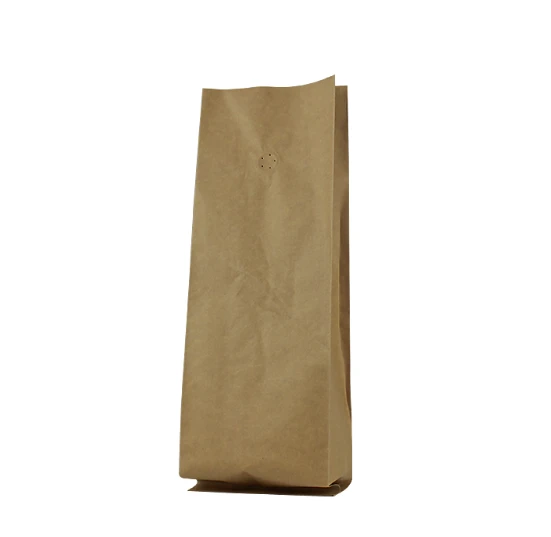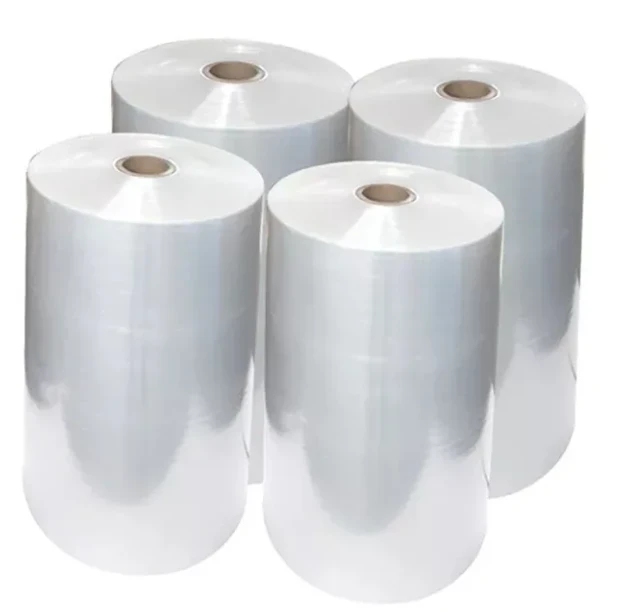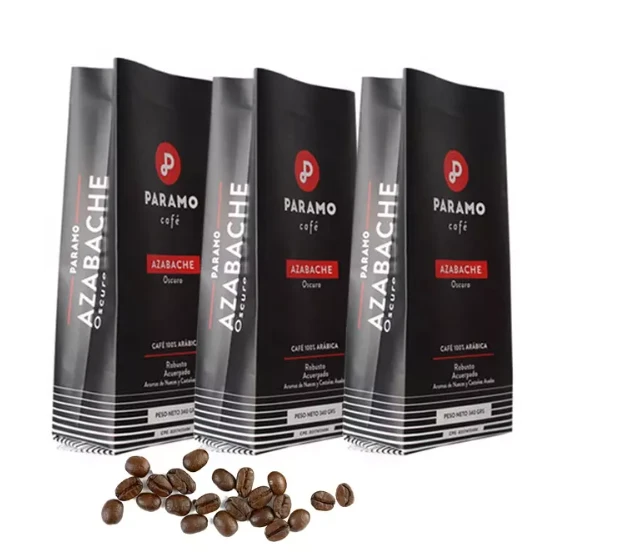- Afrikaans
- Albanian
- Amharic
- Arabic
- Armenian
- Azerbaijani
- Basque
- Belarusian
- Bengali
- Bosnian
- Bulgarian
- Catalan
- Cebuano
- chinese_simplified
- chinese_traditional
- Corsican
- Croatian
- Czech
- Danish
- Dutch
- English
- Esperanto
- Estonian
- Finnish
- French
- Frisian
- Galician
- Georgian
- German
- Greek
- Gujarati
- haitian_creole
- hausa
- hawaiian
- Hebrew
- Hindi
- Miao
- Hungarian
- Icelandic
- igbo
- Indonesian
- irish
- Italian
- Japanese
- Javanese
- Kannada
- kazakh
- Khmer
- Rwandese
- Korean
- Kurdish
- Kyrgyz
- Lao
- Latin
- Latvian
- Lithuanian
- Luxembourgish
- Macedonian
- Malgashi
- Malay
- Malayalam
- Maltese
- Maori
- Marathi
- Mongolian
- Myanmar
- Nepali
- Norwegian
- Norwegian
- Occitan
- Pashto
- Persian
- Polish
- Portuguese
- Punjabi
- Romanian
- Russian
- Samoan
- scottish-gaelic
- Serbian
- Sesotho
- Shona
- Sindhi
- Sinhala
- Slovak
- Slovenian
- Somali
- Spanish
- Sundanese
- Swahili
- Swedish
- Tagalog
- Tajik
- Tamil
- Tatar
- Telugu
- Thai
- Turkish
- Turkmen
- Ukrainian
- Urdu
- Uighur
- Uzbek
- Vietnamese
- Welsh
- Bantu
- Yiddish
- Yoruba
- Zulu
how to remove oxygen from container
How to Remove Oxygen from a Container A Comprehensive Guide
In the realm of storage and preservation, oxygen is often an unwelcome guest. It can lead to oxidation, spoilage, and the degradation of various materials, especially in food preservation, pharmaceuticals, and chemical applications. If you aim to extend the shelf life of your products or prevent deterioration, understanding how to effectively remove oxygen from a container is crucial. This article will outline several methods for achieving this, along with their applications and benefits.
Why Remove Oxygen?
Oxygen is a reactive element that can cause various undesired reactions, such as
1. Oxidation in Food In the food industry, oxidation can lead to rancidity, loss of nutrients, and unattractive changes in color and flavor. 2. Degradation of Pharmaceuticals Many medications can lose their potency when exposed to oxygen over time. 3. Chemical Reactions In labs and manufacturing processes, uncontrolled reactions with oxygen can lead to reduced yield and unintended byproducts.
Given these challenges, removing oxygen from containers can be immensely beneficial, enhancing product longevity and quality.
Methods for Oxygen Removal
1. Vacuum Sealing
Vacuum sealing is one of the most common methods used to remove oxygen from containers. This process involves placing the item in a bag or container and using a vacuum pump to remove air, thus significantly reducing the amount of oxygen present.
- Applications Widely used in food preservation, especially for meats, cheeses, and dried goods. - Benefits Extends shelf life, prevents freezer burn, and retains freshness and flavor.
2. Inert Gas Flushing
Inert gas flushing involves replacing the oxygen in a container with an inert gas such as nitrogen or argon. This is done by introducing the gas into the container, which displaces the oxygen.
- Applications Frequently used in the packaging of foods, wines, and sensitive chemicals. - Benefits Helps preserve flavor and quality without altering the product, as inert gases are chemically non-reactive.
how to remove oxygen from container

Oxygen absorbers are small packets that contain iron powder or other substances that react with oxygen and remove it from the surrounding environment. These packets can be placed inside food packaging or containers.
- Applications Popular in long-term food storage for dried fruits, nuts, and dehydrated meals. - Benefits Cost-effective, easy to use, and can be tailored based on the oxygen consumption needs of the product.
4. Using Desiccants
While primarily designed to absorb moisture, certain desiccants can also help in reducing oxygen levels by creating an environment that favors the absorption of air. When integrated with oxygen-absorbing agents, desiccants can enhance the effectiveness of oxygen removal.
- Applications Common in pharmaceuticals and electronic components. - Benefits Provides dual action by controlling both humidity and oxygen levels.
5. Chemical Oxygen Scavengers
These are substances that can absorb and chemically react with oxygen. They can be incorporated into packaging materials to continuously remove oxygen throughout the product's shelf life.
- Applications Utilized in modified atmosphere packaging (MAP) used for fresh produce and perishable goods. - Benefits Provides ongoing oxygen control, enhancing the preservation of delicate products.
Conclusion
Removing oxygen from containers is essential for protecting and preserving various materials, particularly food, pharmaceuticals, and sensitive chemicals. Each method—from vacuum sealing and inert gas flushing to oxygen absorbers and chemical scavengers—offers unique benefits, and the best choice depends on the specific requirements of the application. By implementing these techniques, you can significantly extend the shelf life of your products, maintain their integrity, and ensure they reach consumers in optimal condition.
In conclusion, understanding the importance of oxygen removal and effectively employing the right methods can lead to improved product quality and satisfaction. Whether you are a manufacturer, a food enthusiast, or simply someone looking to preserve items at home, these strategies will serve you well in achieving your preservation goals.












